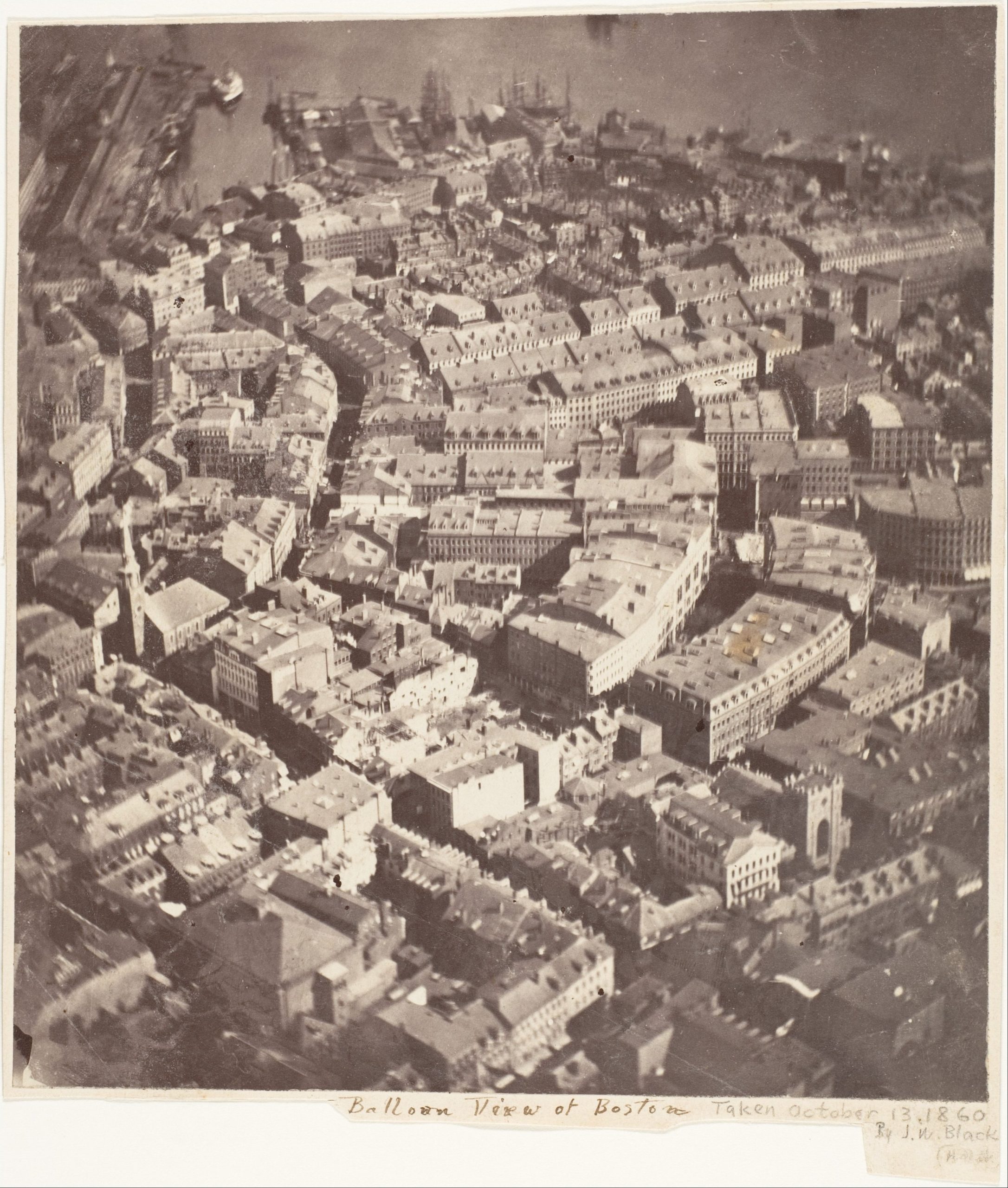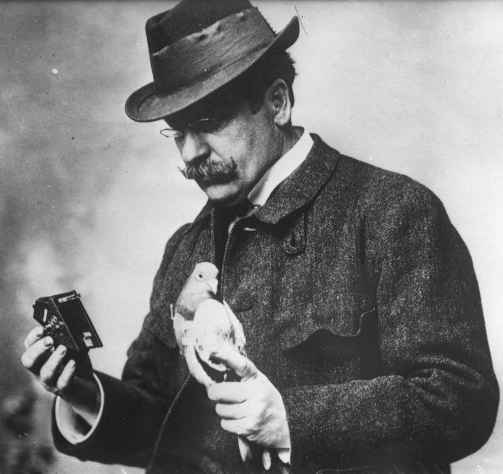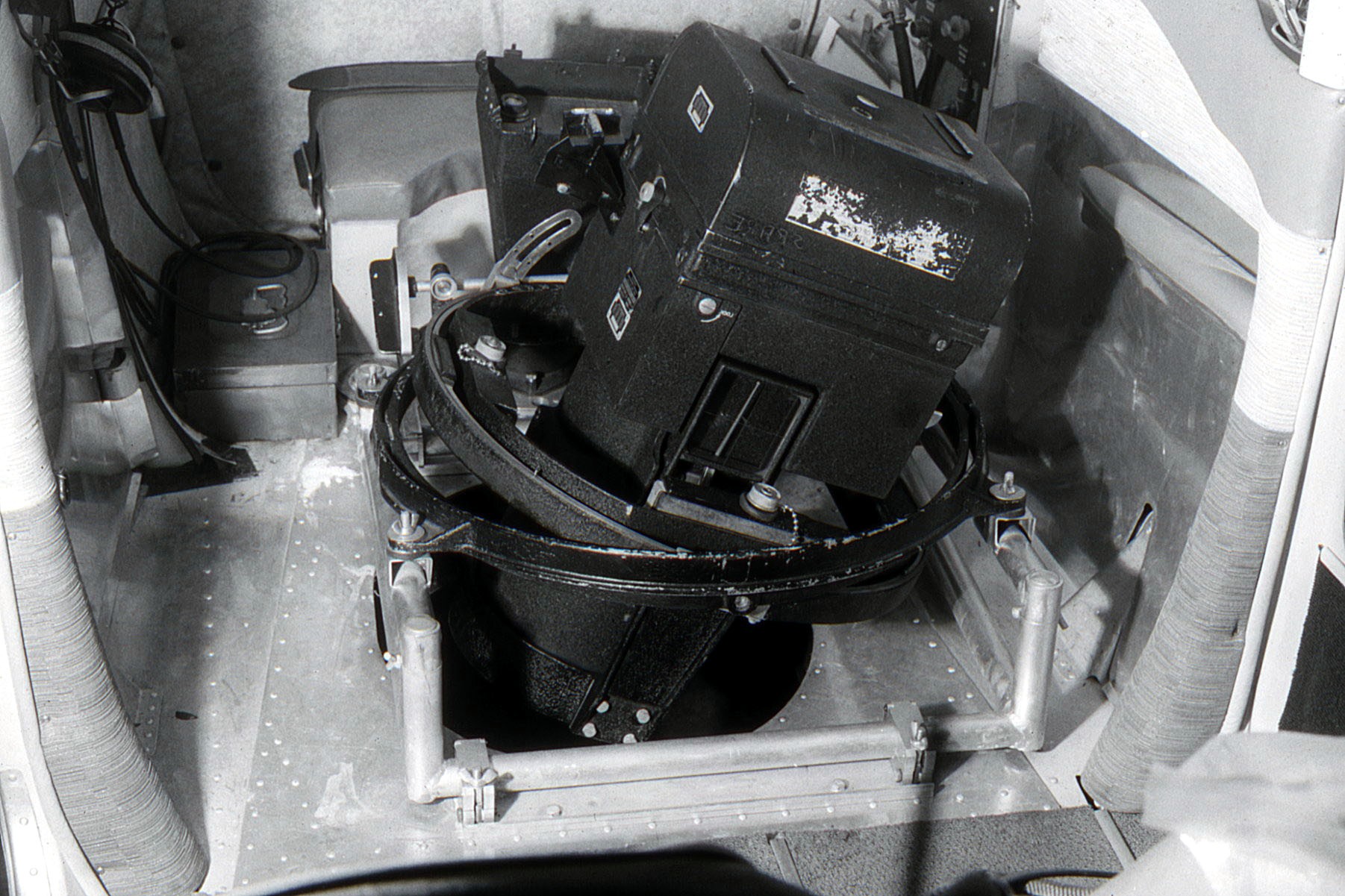Aeroplanes are an irresistible means of transportation!
But have you ever thought why they’re so fascinating? Perhaps because they challenge the laws of gravity, maybe because of their engineering complexity or could it because they offer us a different perspective on the world? It’s this latter reason that’s so often depicted in art.
Aerial photography was born a few decades after photography itself was invented, thanks to a brilliant initiative by Gaspard-Félix Tournachon, a photographer who was known in Paris under the pseudonym Nadar. In 1858, the photographer, who was friends with Charles Baudelaire and other exponents of the Parisian bohème scene, took his camera on some hot air balloon trips with the aim of capturing images of the earth below.
The result of his pioneering project was published a few years later in the book Les Memoires du Géant, which was a source of inspiration for several books written by his friend Jules Verne.

Unfortunately, Nadar’s work was lost, so we can only point to the photo Boston, as the Eagle and the Wild Goose See It from 1860 by the American photographer James Wallace Black as the first aerial photo in history.

In its early days, aerial photography was closely linked to cartography; it was used to draw maps as accurately as possible. Several techniques were experimented with, some of which were a little bizarre, to put it mildly. German photographer Julius Neubronner attached a camera to a pigeon’s legs, whereas many other artists, cartographers and meteorologists took up kite aerial photography, a forefather to the modern drone!

The potential of such techniques wasn’t ignored when the wars started to shift the balance of the modern world.
The Cold War was when aerial photography techniques really started to be improved. Spy planes were born, tasked with taking photos in enemy territory in order to get to know the opponent’s strategies and secrets. After the first few were shot down, however, it was clear that the future of espionage was in drones and satellites.
Today, aerial photography is a highly valued and recognised art form. It’s widely used to depict the world, climate change and to capture perspectives of extraordinary beauty.
Keep following us to learn more about contemporary aerial photographers and photography techniques!




